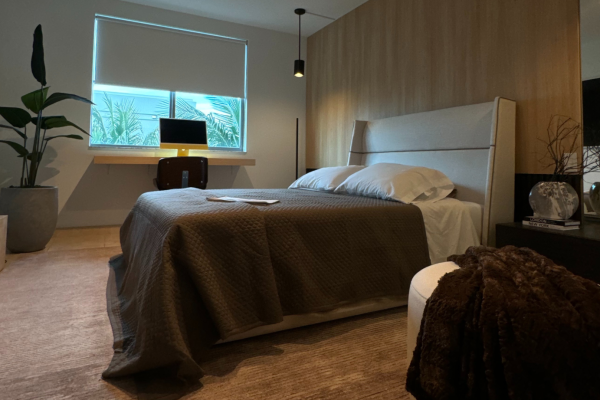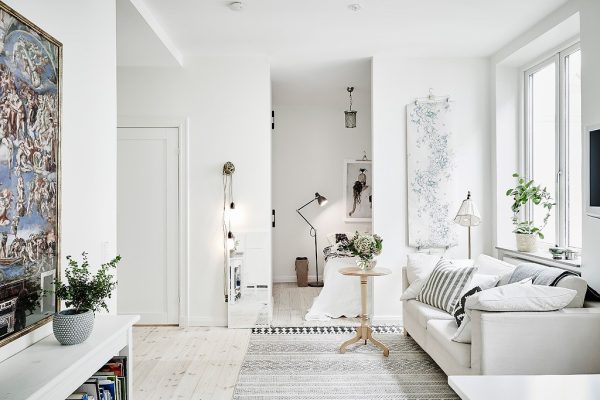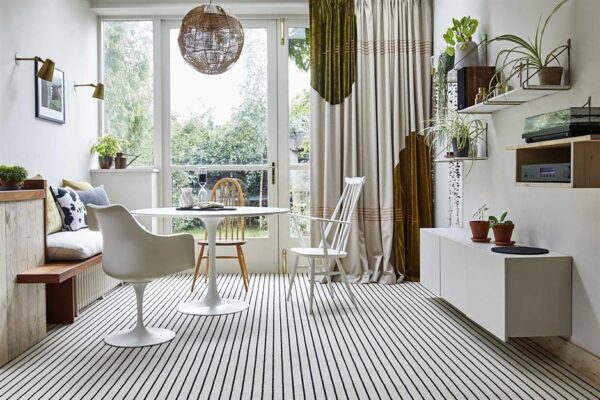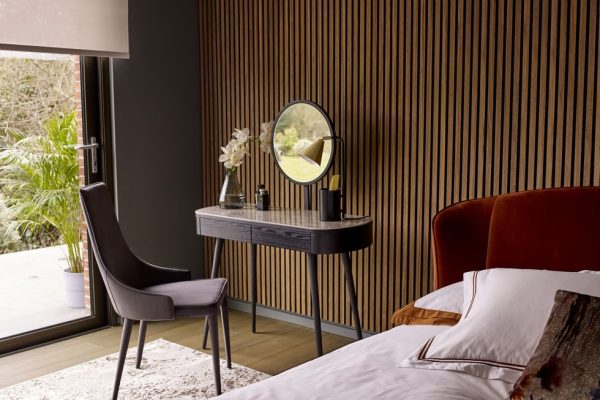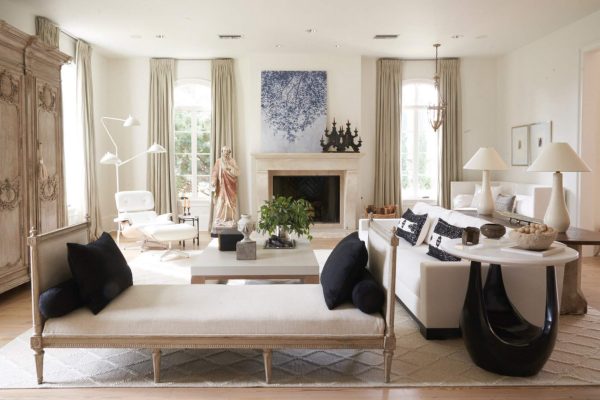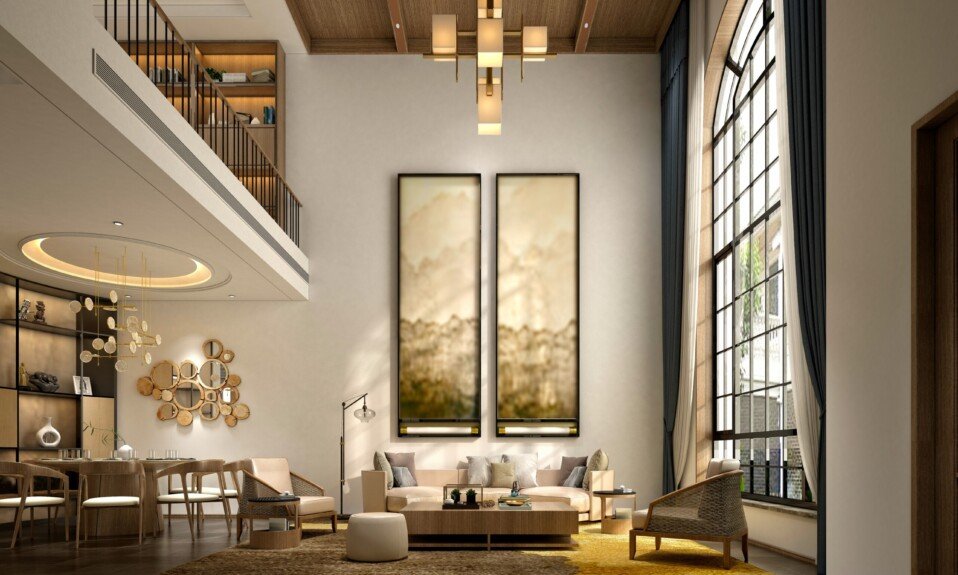
Interior design is an art that transcends time. When designing your living spaces, it’s essential to consider not only your current needs and preferences but also the future. Future-proofing your interiors means creating spaces that will remain functional, stylish, and relevant for years to come. In this blog, we’ll explore strategies and concepts for designing with the future in mind, ensuring that your interiors can evolve with you.
1. Versatile Layouts
One of the most effective ways to future-proof your interiors is to create versatile layouts. Choose furniture arrangements and room designs that can adapt to different needs. For example, an open-concept living space can accommodate both a home office and a play area for children.
2. Timeless Design Elements
While it’s tempting to follow the latest design trends, incorporating timeless design elements can help your interiors stand the test of time. Classic colors, materials, and furniture pieces are less likely to go out of style quickly.
3. High-Quality Materials
Invest in high-quality materials and furnishings that are built to last. Durable materials, such as solid wood and stainless steel, can withstand wear and tear, making your interiors more resilient over the years.
4. Energy Efficiency
Incorporate energy-efficient features into your interiors. This not only reduces your environmental footprint but also saves on utility costs. Consider energy-efficient appliances, LED lighting, and proper insulation.
5. Smart Technology
Future-proofing also involves embracing smart technology. Install wiring and infrastructure for home automation, even if you don’t fully implement it now. This makes it easier to incorporate smart home features as technology advances.
6. Flexible Storage Solutions
Effective storage is key to future-proofing. Opt for adaptable storage solutions, such as modular shelving, that can be reconfigured as your needs change.
7. Sustainable Practices
Design with sustainability in mind. Choose eco-friendly materials, invest in furniture that is built to last, and consider repurposing or upcycling pieces to reduce waste.
8. Multi-Functional Spaces
Create multi-functional spaces that can serve various purposes. A guest room, for example, could also function as a home office or a workout area, providing flexibility as your needs evolve.
9. Universal Design
Incorporate universal design principles to ensure that your interiors are accessible and accommodating for all ages and abilities. This approach increases the longevity of your spaces.
10. Personalization
While aiming for timelessness, don’t forget to infuse your personality into your interiors. Your space should reflect your unique style, making it feel relevant and comforting as time passes.
Conclusion
Designing for tomorrow is about creating interiors that adapt and evolve with your changing needs and the ever-advancing world of design and technology. Future-proofing your interiors means making thoughtful, sustainable, and adaptable choices. It ensures that your living spaces remain functional, stylish, and relevant, offering you a haven that continues to meet your needs, no matter how the future unfolds.
